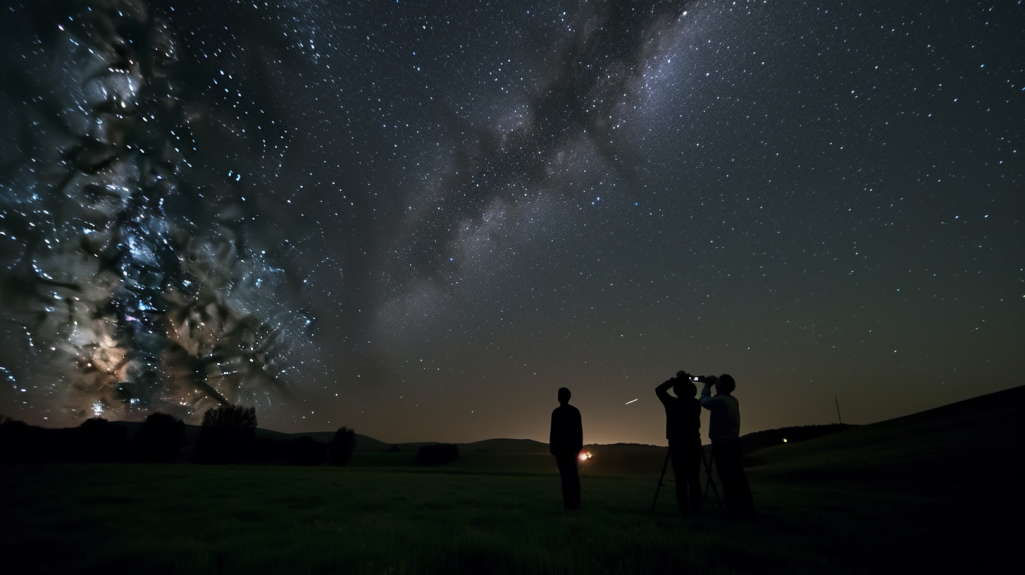Camping under the starlit canvas of the night sky is a mesmerizing experience that can spark a profound connection with the cosmos. This guide will take you on a journey through the world of stargazing and astronomy while camping, offering insights into the equipment that can enhance your celestial adventures.
- Preparing for Stargazing: Before embarking on your celestial odyssey, it’s crucial to make some preparations:a. Location: Choose a camping spot far from light pollution for optimal stargazing. National parks and remote wilderness areas are ideal choices.b. Timing: Plan your camping trip during a new moon or when the moon is not in the night sky. This reduces moonlight interference and allows for better visibility of stars and deep-sky objects.c. Weather: Keep an eye on weather forecasts to ensure clear skies, as clouds can obstruct your view of the night sky.
- Stargazing Essentials: To fully enjoy and learn about the night sky, you’ll need some essential equipment:a. Binoculars: A good pair of binoculars is a stargazer’s best friend. They provide a wider field of view than telescopes, making them excellent for observing constellations, star clusters, and even some galaxies.b. Telescope: If you’re ready to take your stargazing to the next level, invest in a telescope. Telescopes come in various sizes and types, catering to different levels of expertise. Research and choose one that suits your needs.c. Star Charts and Apps: Download stargazing apps or bring along star charts to help you identify celestial objects. These tools provide information about the positions of stars, planets, and other objects in the night sky.
- Learning the Night Sky: Stargazing is not just about admiring the beauty of the cosmos; it’s also an opportunity to learn. Here are some tips for expanding your astronomical knowledge:a. Constellations: Familiarize yourself with prominent constellations like Orion, the Big Dipper, and Cassiopeia. Learn their stories and how to locate them in the night sky.b. Planets: Keep an eye out for planets visible with the naked eye, like Venus, Mars, Jupiter, and Saturn. Binoculars or a telescope can reveal more details on these celestial neighbors.c. Deep-Sky Objects: Explore star clusters, nebulae, and galaxies. Some well-known targets include the Pleiades star cluster, the Andromeda Galaxy, and the Orion Nebula.d. Events and Phenomena: Stay informed about upcoming celestial events like meteor showers, eclipses, and planetary conjunctions. These events offer extraordinary opportunities for stargazing.
- Responsible Stargazing: Remember that the night sky is a fragile resource, and it’s crucial to practice responsible stargazing:a. Leave No Trace: Follow Leave No Trace principles to minimize your impact on the environment. Avoid bright lights and loud noises that disrupt the natural surroundings.b. Light Pollution: Use red or amber LED lights for reading and navigation to preserve night vision and reduce light pollution.c. Respect Wildlife: Be mindful of wildlife in the area, and keep a safe distance to avoid disturbing them.
Conclusion: Stargazing and astronomy can elevate your camping experience to new heights, fostering a deeper appreciation for the wonders of the night sky. By preparing adequately, equipping yourself with the right tools, and embracing the opportunity to learn, you can embark on celestial journeys that will leave you awe-inspired and connected to the universe. Remember to stargaze responsibly to ensure that future generations can share in the wonder of our night skies.

